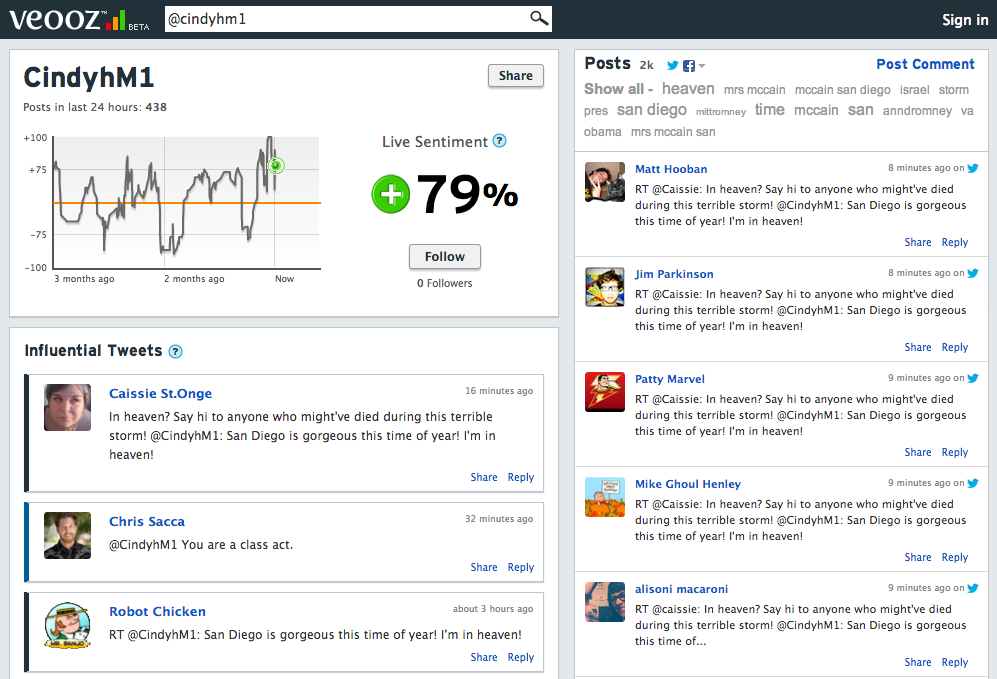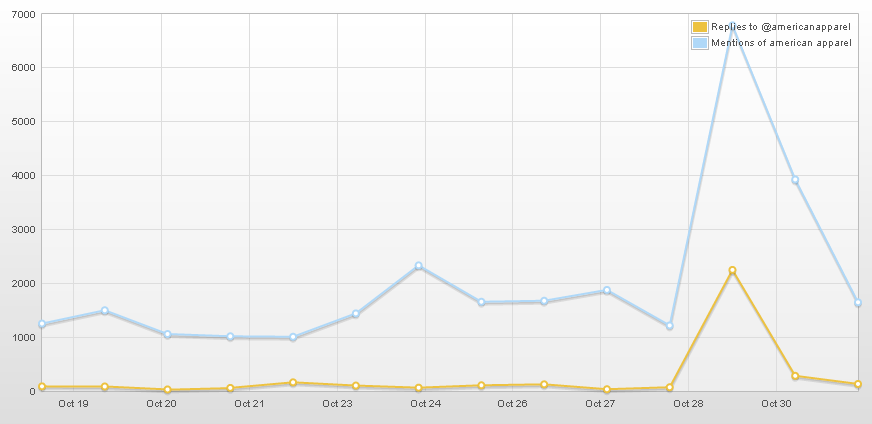
Sandy Teaches Lessons in Social Media Etiquette
Twitter: An Impressive Sight in Times of Crisis
This week’s historic hurricane was (and still is!) scary to watch unfold. We watched, frightened, as we received reports and videos from our friends and families on the East Coast. The country seemed to bond together, waiting with bated breath while NYU Hospital was evacuated, water poured into Ground Zero, and photos surfaced that were so surreal they made the fakes seem feasible. Twitter turned into a support group for the many millions of people experiencing this event from just as many perspectives.
In the midst of all of the commotion, I saw two gems of social media wisdom intended to guide other users etiquette as the tragedy unfolded. In case you missed them:
Tweets about anything other than the storm feel hollow right now.
— Chris Sacca (@sacca) October 30, 2012
Hello brands, time to check your scheduled tweets that may be off putting during this scary time for our East Coast friends. cough cough
— Blagica Bottigliero (@Blagica) October 30, 2012
These tips were echoed through the Twittersphere; jokes, hoaxes, and irrelevant or marketing-based messages were not warmly welcomed during the storm surge, and rightly so. Unsurprisingly, not everybody heeded this advice. Many of us witnessed two social media missteps that caused immediate backlash and showed us the heightened sensitivity of nation facing nature at its most terrifying.
It’s not hard to see why offensive tweets were met with disgust; loss of life is never something to take lightly. However, even some seemingly innocent messages became targets of backlash which goes to show how high expectations surrounding etiquette are in sensitive times. Asking ourselves “how will others read this?” becomes more important than ever and — while we’re all prone to mistakes or oversight — a timely and appropriate response to missteps can make all the difference between blip and blunder.
@CindyhM1 Tweets the Most Ill-timed Message Ever Seen
Cindy McCain tweeted about the lovely San Diego weather while millions of people back on the East Coast were at the mercy of some of the worst weather conditions of the century. The tweet remained up for hours while hundreds of people replied, retweeted and retorted. A day later, the tweet was finally deleted but no acknowledgement to her oversight has been put in its place.

Our social media senses might expect that such a poorly timed tweet resulting in such backlash would send the Sentiment Analysis meters diving for rock bottom. Curious myself, I reached for the nearest tool, Veooz.com to see the results:

To my surprise, Cindy McCain’s sentiment was at its highest point in months after her “I’m in Heaven” tweet. Why? Look at the sarcasm pouring out of the responses. For all the tool knows, Chris Sacca’s “You are a class act” is a sincere tweet.
I’m curious to know what other sentiment analysis tools show. But I digress.
Lessons Learned:
- You can’t always prevent a mistakenly sent or ill-timed tweet, but you can minimize the damage if you are listening to the response and provide a timely and straightforward apology.
- Sentiment analysis tools won’t always tell you the full story.
American Apparel Invites “Bored” Hurricane Sandy Victims to Come Shopping
It seems like we can’t get through a catastrophic event without a brand trying to make light of or even worse, profit off of it. Hurricane Sandy proved to be no different as American Apparel created a campaign targeted directly at people in the path of the hurricane.

Campaigns like this one make us scratch our head, yet it continues to happen time and time again. The problem is that there’s a fine line between appropriate, clever targeting and nationally-lampooned marketing and social media screw-ups. By the time this promotion began circulating around social media, many of the targeted states in this campaign were in a state of emergency. The headline “In case you’re bored” only offended recipients more.
Whitney Hess’s tweet calling for an American Apparel ban got almost 200 retweets, and thousands of other tweets and articles ensued after. Mentions of the company online rose by 200%, and mentions of @americanapparel on twitter rose by even more:

The Sentiment Analysis tool wasn’t as kind to American Apparel as it was to Mrs. McCain. Or, rather, the responders were much more straightforward and blunt about their feelings, using words like “FAIL,” “tasteless,” “shame” and more.

The company isn’t a stranger to controversy, and the CEO doesn’t seem to be losing any sleep over the issue, but I’d imagine most companies want to be a bit more tactful and careful when they get creative with targeting campaigns to coincide with weather and other events.
Lessons Learned:
- Giving teams the freedom to get creative with campaign targeting can produce great results. It can also be extremely dangerous. Teach marketers to err on the side of caution rather than controversy.
- If you’re not using a marketing channel to offer help during a controversy, it may be best to say nothing at all.
Turning a crisis into an opportunity
Some of the responses to American Apparel’s campaign called for the company to donate profits from the sale, which makes us think about how the campaign could have been tweaked for a better received and more productive effort. The reality is, companies can effectively engage and participate in the conversation during a crisis, but the involvement has to come from the right place. Sales to raise money or awareness about people needing help can be a great use of the networks and communication channels we have access to.
Has anybody seen any great company responses to this tragic event? Do share!